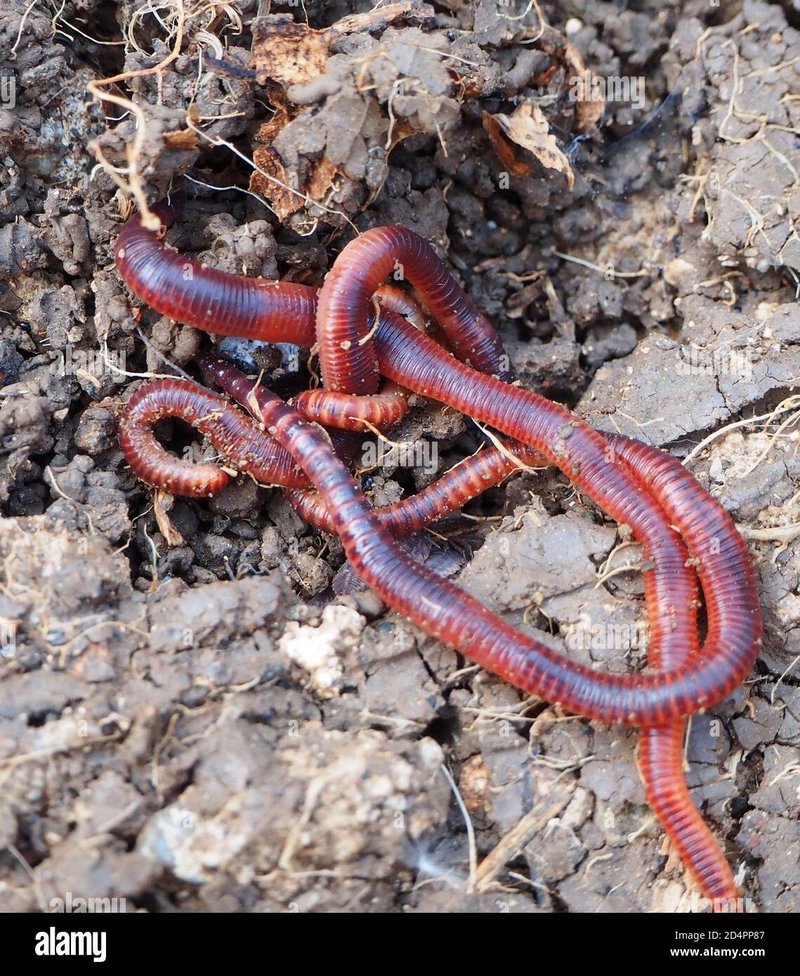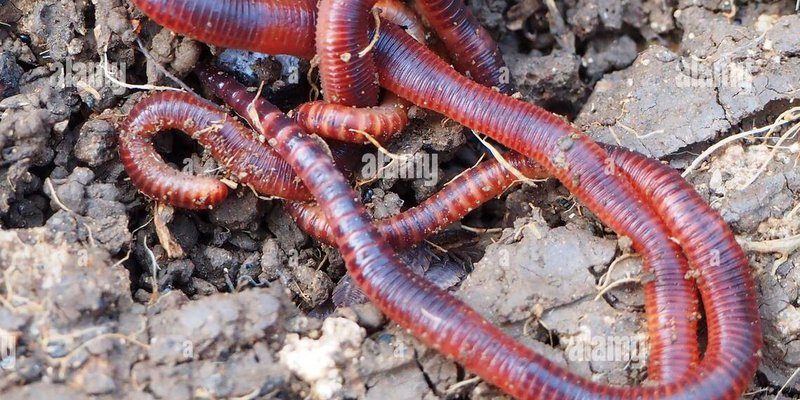
Imagine your garden as a bustling little city. Just like any city, there are inhabitants who help keep things running smoothly and others who might cause a bit of chaos. Predators of earthworms are those chaotic elements. In this article, we’ll explore the various natural predators of earthworms lurking in your garden. You might be surprised to learn how many creatures are involved in this intricate ecosystem!
Birds: The Feathered Hunters
When you think of earthworm predators, **birds** probably come to mind first. These feathered friends are like the gardeners’ little helpers, but sometimes they can be merciless hunters. **Robins**, **sparrows**, and even **crows** have sharp eyes for spotting those juicy, wriggly earthworms popping up to the surface.
Birds often take advantage of rain to find their favorite snack. After a downpour, earthworms come closer to the surface, making them easy targets. You might notice a robin hopping around, eagerly pecking the ground. Honestly, it’s like watching a nature documentary right in your backyard. These birds play a crucial role in controlling earthworm populations, so it’s vital to strike a balance to maintain the ecosystem.
How Birds Impact Earthworm Populations
Birds don’t just munch away indiscriminately; they have specific preferences and hunting techniques. For example, robins will often hunt from an elevated perch, scanning the ground and darting in for the catch. Meanwhile, crows might use their intelligence to dig them out of the soil. This natural predation helps keep **earthworm populations** from exploding, which could lead to over-competition for resources.
Amphibians: The Silent Slayers
You might not think about **amphibians** when considering garden predators, but they’re quite sneaky. Frogs and toads are fantastic hunters of earthworms. Imagine a toad sitting patiently, hidden among the leaves, waiting for its dinner to slither by. When the moment is right, it extends its sticky tongue to snatch up the earthworm in one swift motion.
These creatures are especially active at night, making them stealthy predators. You might even find them hiding under leaves or in damp areas of your garden, ready to strike when an earthworm ventures too close. Their role in controlling the worm population is subtle yet significant.
The Benefits of Having Amphibians in Your Garden
By encouraging amphibians in your garden, you’re not just reducing the number of earthworms. You’re also promoting a healthy ecosystem. Frogs and toads help keep pest populations in check, diving into that delicate balance of nature. Plus, their presence is an indicator of a healthy environment, as they are sensitive to pollution and habitat changes.
Mammals: The Unexpected Garden Raiders
While we often think of mammals as larger pets or wildlife, small ones like **moles**, **shrews**, and even **field mice** are dedicated earthworm predators. Moles, for example, can tunnel through your garden, searching for earthworms beneath the surface. They have a knack for finding those tasty treats, often leaving behind telltale mounds of soil as they dig.
These mammals can consume large quantities of earthworms, sometimes going through several in a single meal! Although they might seem like pests, they too play a role in maintaining the balance of your garden ecosystem. After all, too many earthworms can lead to soil degradation.
The Advantages and Disadvantages of Mammals in Your Garden
Having mammals around can be a double-edged sword. On one hand, they help control worm populations and aerate the soil with their digging. On the other hand, excessive tunneling can harm plant roots and disturb your garden’s structure.
Insects: Tiny but Mighty
You might be surprised to discover that some **insects** also prey on earthworms. **Ground beetles** and **ants** are two such examples. Ground beetles often hunt earthworms at night, while ants might attack younger or smaller worms. They may be small—almost invisible to the naked eye—but their impact is notable.
These insects typically feed on earthworm eggs or smaller fledglings, which can limit the overall population of earthworms in your garden. It’s a reminder that every creature, no matter how tiny, plays a part in the larger ecosystem.
How Insects Contribute to the Garden Ecosystem
Although insects like ground beetles and ants can be predatory, they also perform essential functions. They contribute to soil health by breaking down organic matter, which improves nutrient availability. This means that while they may munch on your earthworms, they’re also helping your plants thrive in other ways.
Environmental Factors: The Invisible Predators
Sometimes, it’s not just the critters that are responsible for keeping worm populations in check—**environmental factors** also play a significant role. For example, soil temperature, moisture levels, and pH can affect earthworm survival. Dry, compacted soil can be a death sentence for these burrowing buddies, making them more vulnerable to predators.
Additionally, changes in weather patterns, such as prolonged drought, can push earthworms deeper into the soil, where they might be at risk from creatures that dig. As gardeners, it’s essential to understand how these factors can indirectly affect earthworm populations and, in turn, your garden’s health.
Maintaining a Balanced Environment
To provide the best soil for your plants and earthworms, it’s crucial to maintain optimal garden conditions. Regularly watering, mulching, and testing soil pH can help ensure a thriving earthworm community. Remember, every element in your garden is interconnected; the health of one can impact the others.
Promoting Earthworm Populations in Your Garden
So, how can you foster a healthy earthworm population despite the presence of these natural predators? The key lies in creating a safe, welcoming environment for them while still allowing the natural ecosystem to flourish. Here are some tips:
- Add Organic Matter: Incorporate compost and mulch, which can provide food and shelter for earthworms.
- Avoid Overuse of Chemicals: Pesticides can harm earthworm populations, so opt for organic methods whenever possible.
- Moisture Control: Keep your soil adequately moist, as earthworms thrive in damp conditions.
- Plant Diversity: Diverse plant life can attract beneficial insects and birds, offering balance.
By implementing these strategies, you can maintain a thriving worm population while keeping any potential issues in check.
In the grand scheme of your garden, **natural predators of earthworms** play an essential role. From birds and amphibians to mammals, insects, and environmental conditions, they work together to maintain balance. Understanding these relationships can help you become a more informed gardener. The ultimate goal is to create an environment where all creatures can thrive alongside your plants.
So next time you see a robin or a toad in your garden, remember they’re part of a complex web of life. By encouraging the right conditions, you can help ensure that your garden remains a flourishing ecosystem where earthworms can do their vital work while keeping the balance with their predators. Happy gardening!

